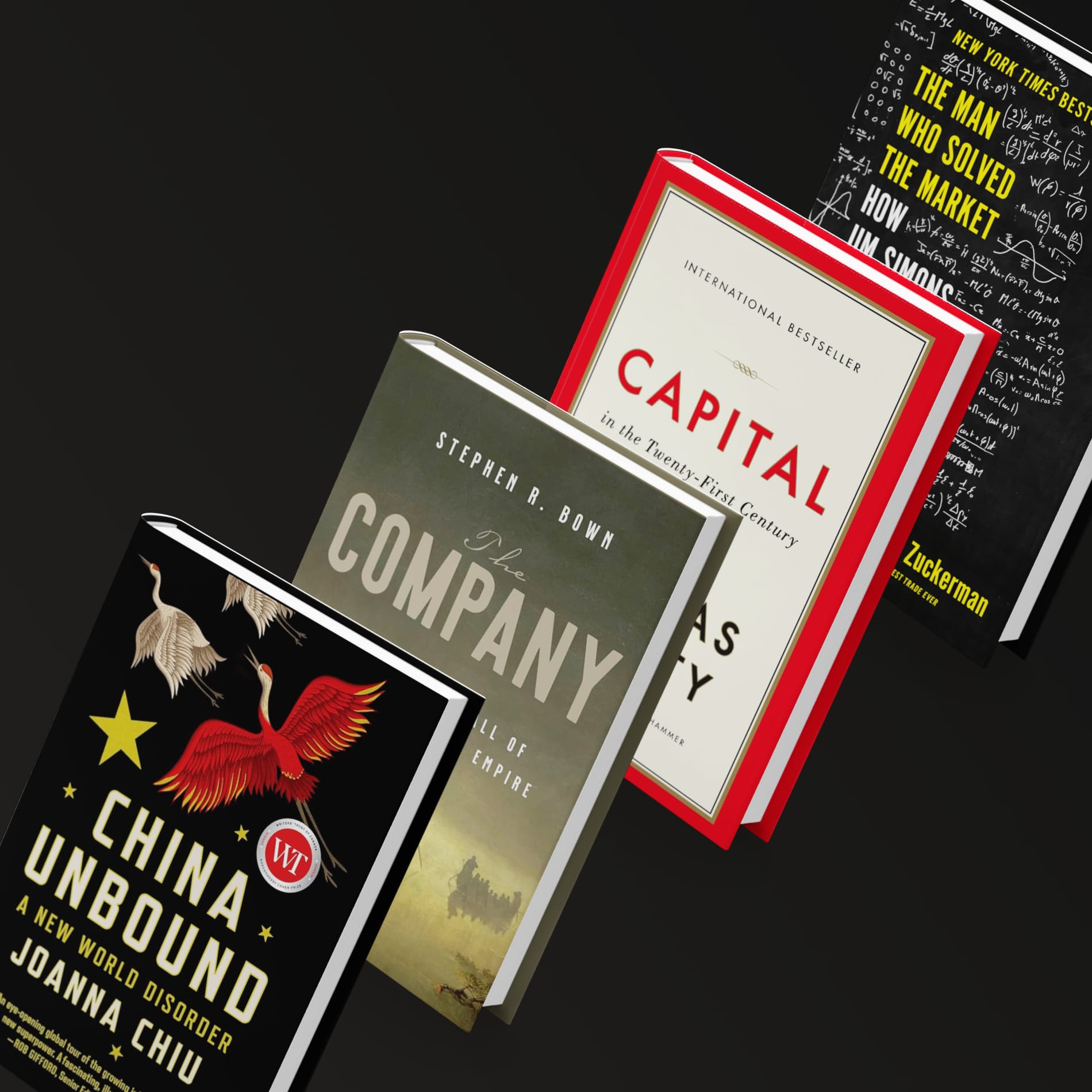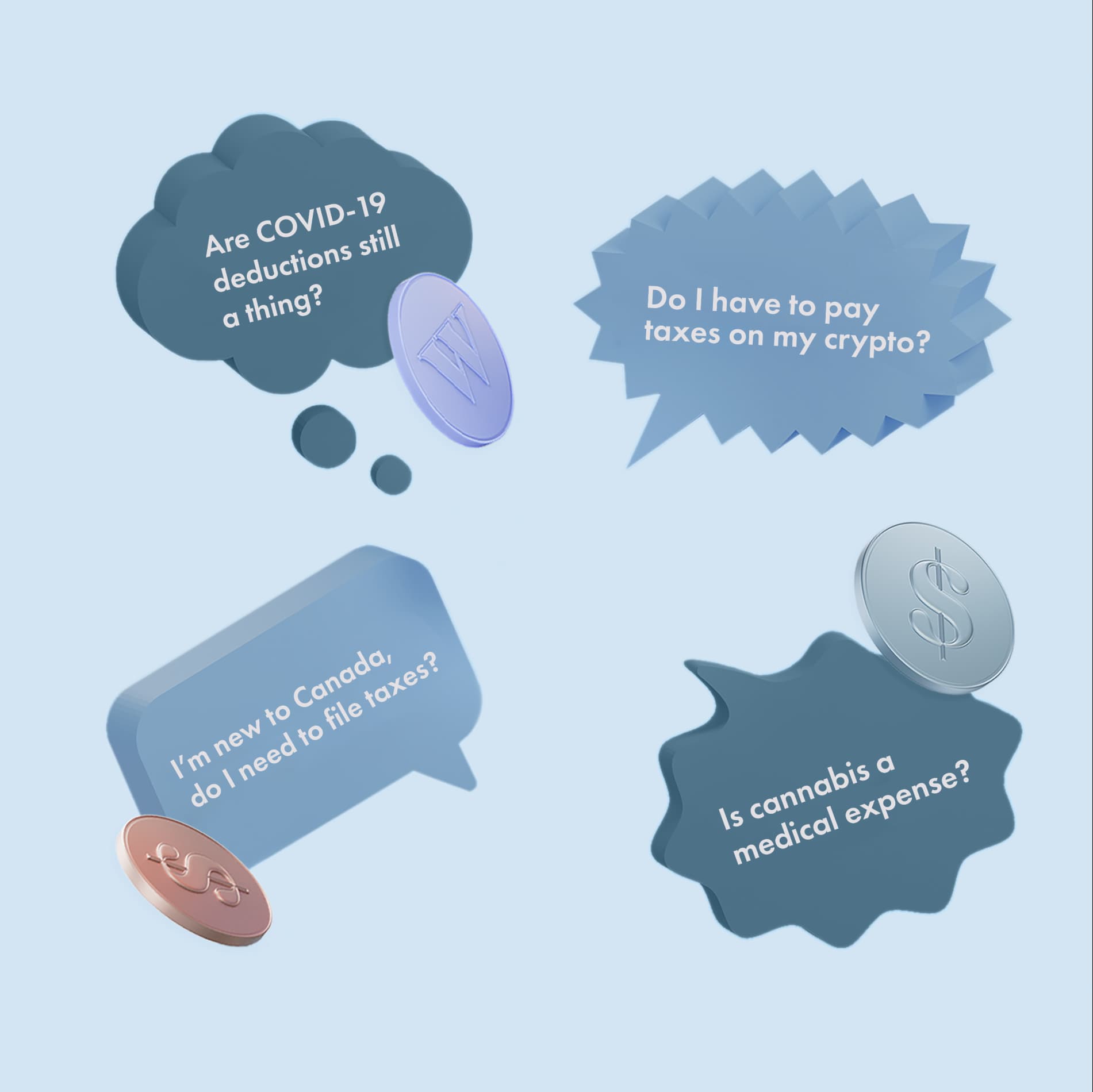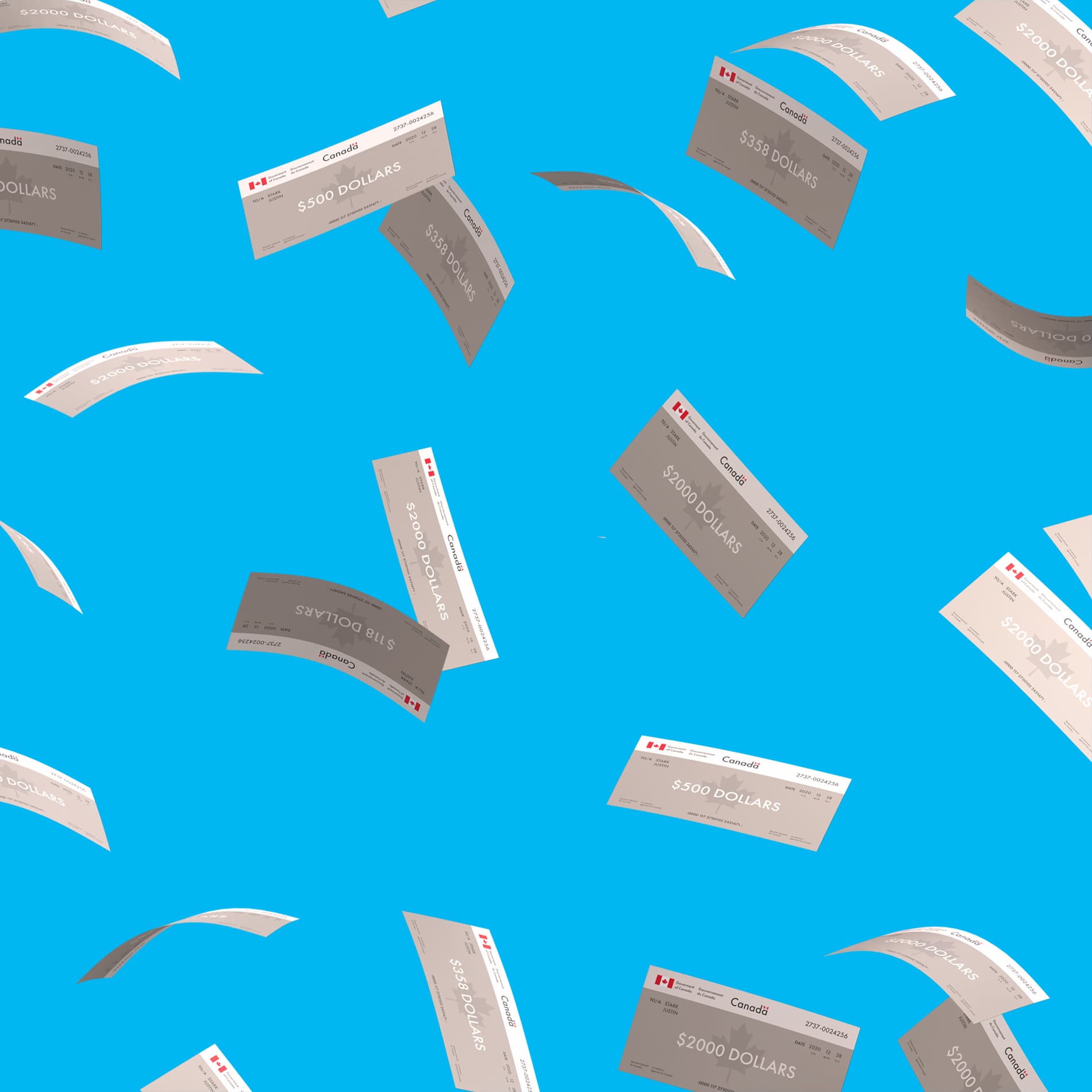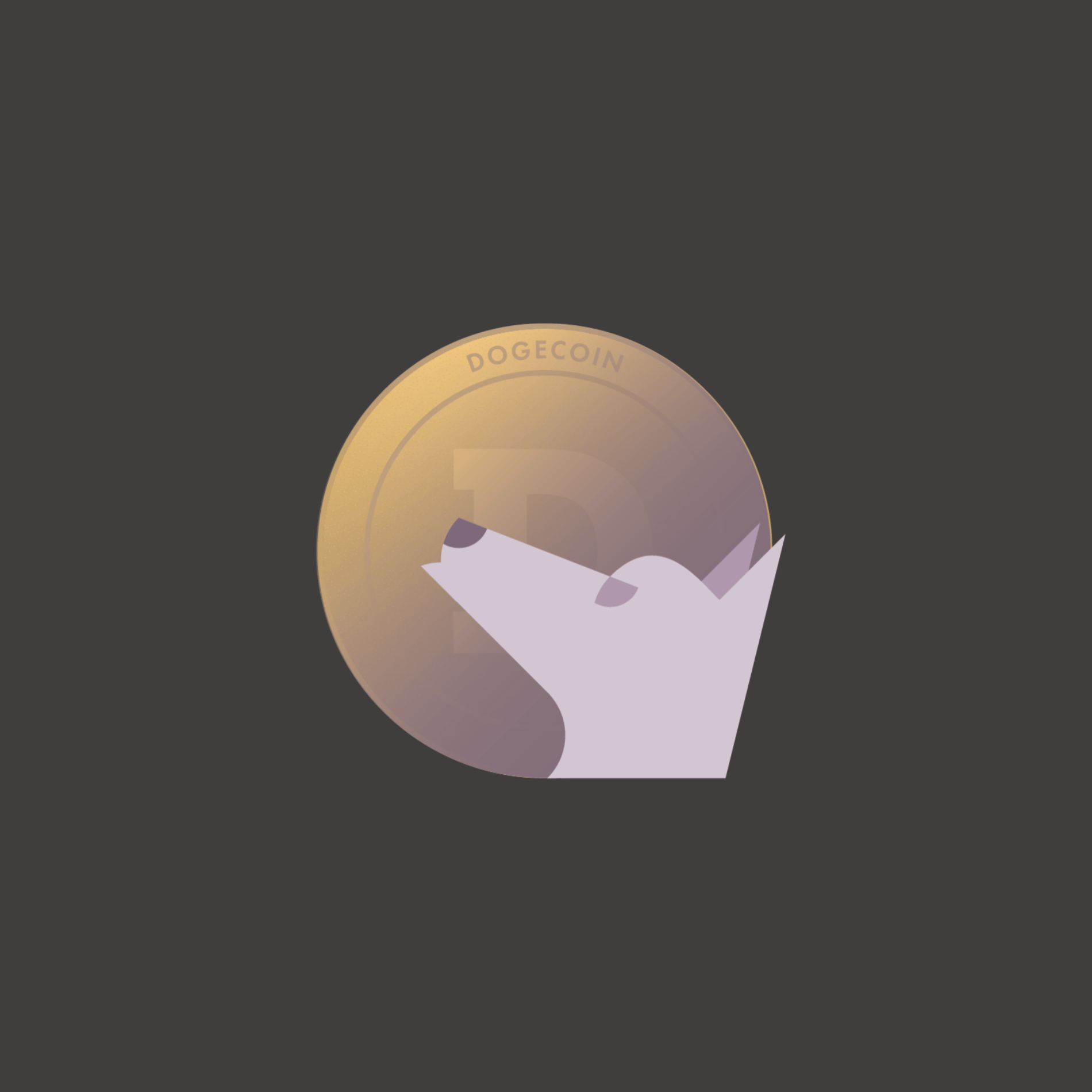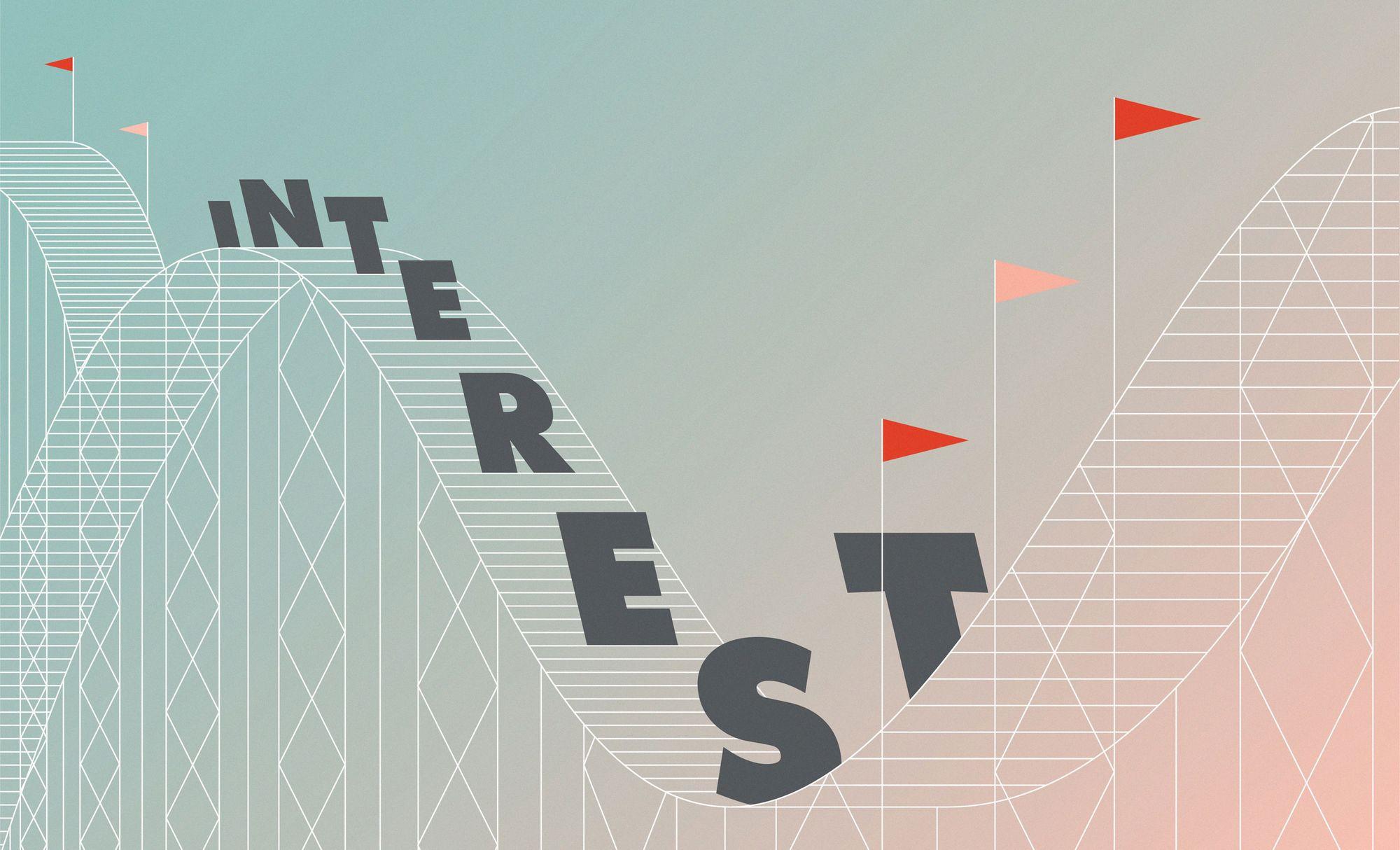
Finance for Humans
Now Is a Really Good Time to Understand How Interest Rates Work
Financial disruption has been coming fast and furious. In the midst, interest rates have been slashed to near zero. Here’s how to understand what that means, and what it’ll do to your mortgage, your savings account, and your investments.
Wealthsimple makes powerful financial tools to help you grow and manage your money. Learn more
You’ve heard, no doubt, about the massive cuts to interest rates in the wake of the coronavirus outbreak. In mid-March, both the Federal Reserve in the United States and the Bank of Canada slashed their interest rates to near zero. A great many people’s first impulse might be to ignore that information, since many of us aren’t in the habit of interpreting the meaning behind interest rate tweaks. The problem is that it turns out interest rates are really important to just about everyone, especially now.
For the sake of folks whose hobbies don’t include advanced finance and macroeconomics, we’d like to provide some clear answers to interest rate questions you may have (and those you didn’t know you have). Like why central banks cut interest rates. And why that often means rates for savings and money market accounts go down. And how the actions of a bunch of economists in Washington and Ottawa can affect your day-to-day finances and investments. And even what the heck an interest rate is in the first place.
Actually that’s a good place to start.
What is an interest rate?
“The best way to think about it is that an interest rate is the price of getting money today for the promise to pay in the future,” says Ben Reeves, Chief Investment Officer here at Wealthsimple. “So if I agree to give you money now because you tell me you’ll give me more money when you pay me back tomorrow — the proportion of extra cost you pay to borrow the money now is your interest rate.”
That’s basically true of all interest rates, whether you’re talking about the federal funds rate, or the interest rate on your mortgage or the 20-plus percent charged by many credit cards.
What is the federal funds rate anyway? And why does it change?
The overnight interest rate — also known as the “target rate” or the “nominal rate”— is important for two reasons. One because it’s the rate at which banks can borrow overnight from each other, and that influences most every other interest rate you’ll see. But it affects a lot more than that.
A central bank’s ability to change the target rate is its most important monetary policy tool. Because these rates, it turns out, have enormous power to influence the overall economy because they’re used to affect two really important factors.

Sign up for our weekly non-boring newsletter about money, markets, and more.
By providing your email, you are consenting to receive communications from Wealthsimple Media Inc. Visit our Privacy Policy for more info, or contact us at privacy@wealthsimple.com or 80 Spadina Ave., Toronto, ON.
First is the rate of inflation. When inflation is too high, central banks tend to raise the interest rate. That lessens the flow of credit into the financial system. Higher interest rates discourage people from borrowing and spending (which tends to boost inflation rates) and encourages people to save. This was the trend between late 2015 and the spring of 2019.
The second way central banks use interest rates to change the economy is when growth is too low and unemployment is too high. That’s usually when central banks lower interest rates to goose the economy. As rates drop, consumers borrow more, spend more. Interest rates began to go down for this reason last summer.
OK, so they slashed interest rates during this pandemic to goose the economy?
Given what we just said, you’d assume so. And that’s part of it. But this is a different situation from what central banks usually face. We all didn’t stop spending money because interest rates were too high. We stopped spending money because we couldn’t leave our homes. And a lot of us lost some or all of our income. Part of the reason for the reduction in interest rates is simply to reduce the burden on folks. If interest rates are lower, the cost to service debt (credit cards, mortgages, etc.) is lower. And it encourages people and businesses to borrow, and spend, more money, which will help the economy shrink less (and reassure financial markets that there will be plenty of money in the financial system). Lastly it might help some people and businesses from going bankrupt, which will make for a much easier recovery.
How do changing interest rates affect me and my money?
The short answer is: significantly, especially if you own your own home and/or carry substantial credit card or student debt.
First, it’ll affect the cost of borrowing money.
That’s important if you have a mortgage. When the central banks cut interest rates, mortgage rates usually go down. So if you currently have a long-term, fixed-rate mortgage, with an interest rate above five percent, it may make sense to refinance given how radically rates have been cut (though you’ll need to weigh the savings against any costs associated with breaking your mortgage agreement). “When interest rates go up, your house is going to feel more expensive,” says Reeves. “But when they’re low, like now, money’s cheap.” For example, a $300,000 30-year loan at 5 percent costs $1,657 a month. At 4 percent, that comes down to $1,432 a month.
Something to keep in mind, though: your credit rating will be more important than ever. Demand for refinancing has surged as rates have fallen (which you’ll know if you’ve tried to call your lender recently and had to wait a long time), which means banks can be choosy about giving out their lowest rates. If lenders are worried some folks will have a hard time paying loans back, they’re going to be extra careful about who they lend to.
Recommended for you
The lower rates will affect the interest rate on your credit card, too. Most cards tie their rates to what’s known as the prime rate, which is the rate banks charge the borrowers who have the best credit. It’s the lowest rate that banks are permitted to lend money to anyone who isn’t another bank. The prime rate is different from the target rate we explained above — in Canada, the target rate is now 0.25%, for instance, but the prime rate is 2.95%. It generally hovers about two to three points above the target rate. (That’s a historically low prime rate, by the way,)
Since most credit card rates are tied to the prime rate, this means your APR (annual percentage rate) usually goes up when rates go up and down when rates get cut. (Note: now is a good time to get ahead and pay down any credit card debt if you have the extra money. Credit card debt is extremely expensive and should be eliminated ASAP!)
None of this is an accident. Remember, a key reason central banks lower rates in the first place is to “stimulate the economy”, which is just economist-ese for making it less expensive to pay your debts and encouraging people to spend more money.
Speaking of rates on my savings account, rate cuts have an affect on how much interest I make, too, right?
When you make a deposit at the bank, you are effectively loaning money to the bank. The interest rate you get on a savings account is the money the bank is paying you for the loan, and that rate is based on the target rate set by the central bank.
If everything comes from the target rate, why are interest rates so variable? I ask a million lenders about a loan and I seem to get a million different sets of numbers.
You’re right. Lenders start at the prime rate and tack on ... well, basically whatever profit they can. When you get out there and start poking around, you’ll find that rates still vary widely. Not all rates will come down when the central bank makes a cut, and of the ones that do, they will not come down equally for everyone. Why? Lots of reasons, ranging from market competition to the length of the loan to how risky a bank thinks the loan is. The higher the risk that someone won’t pay back the loan (i.e., the lower your credit score), the higher the premium the bank will want for taking that risk (i.e., the interest rate they charge you).
When it comes to saving, interest rates are variable too. You’ll get higher interest depending on the amount of risk you are taking (how credit-worthy the bank is), how much the institution needs the deposit (some institutions depend on attracting lots of new customers, others don’t), how long you’re willing to lock up your money for (generally speaking, the longer you promise to leave your money in, the higher the rate you’ll get, as in a GIC). And, of course, how willing you are to inconvenience yourself by shopping around and spreading your business between different financial institutions instead of conveniently doing everything at the same place.
I’ve heard people talking about how interest rates could become negative. What does that mean? Would it be bad?
Remember how central banks like to cut interest rates when unemployment is too high or inflation is too low? Good. The question becomes: what happens when the unemployment rate is too high and/or inflation is too low and the interest rate is already basically zero? What happens when there’s nowhere to go?
Central banks still have a few tools left in that instance:
1. They can institute negative interest rates. Which essentially means it costs you money to keep your assets as cash. European countries have used negative interest rates in the past, but the evidence is far from clear that it’s an effective tool.
2. They can use government money to buy risky assets — the Bank of Canada has started doing this by buying government debt. That means assets are often worth more, which makes people feel wealthier and encourages people to take more risk and spend more instead of parking money in conservative assets like government bonds. This is what the Fed in the U.S. did during the subprime crisis a decade ago.
3. They can pump money into banks (i.e., lending to them with no interest) to make it easier and more attractive for them issue loans to businesses at artificially low rates, or even offer financing directly to companies
If we see negative interest rates, you may see savings rates go down to zero — or financial institutions may charge some clients to hold large deposits.
What do low interest rates have to do with investing?
Lowering rates is designed to push folks into investing in risky assets, like stocks and bonds. It makes riskier assets more attractive, and cash less attractive. The fact that this is usually how the government behaves in a downturn is one of the reasons why, over most time frames, risky assets outperform cash — and why the stock market is expected to go up in the long term.
Last piece of advice. As you may have heard, we’ve entered the first bear market in 11 years. How does this relate to interest rates? It doesn’t, directly. But here’s how it is related. If you’ve been lucky enough to have refinanced a loan and to have maintained your income (no small task right now), you may have extra money around. Meanwhile, savings and money market accounts are paying smaller interest rates than at any time in recent memory which may make it an excellent time to invest in the stock market. We can help you with that, if you’re interested.
Wealthsimple's education team is made up of writers and financial experts dedicated to making the world of finance easy to understand and not-at-all boring to read.

